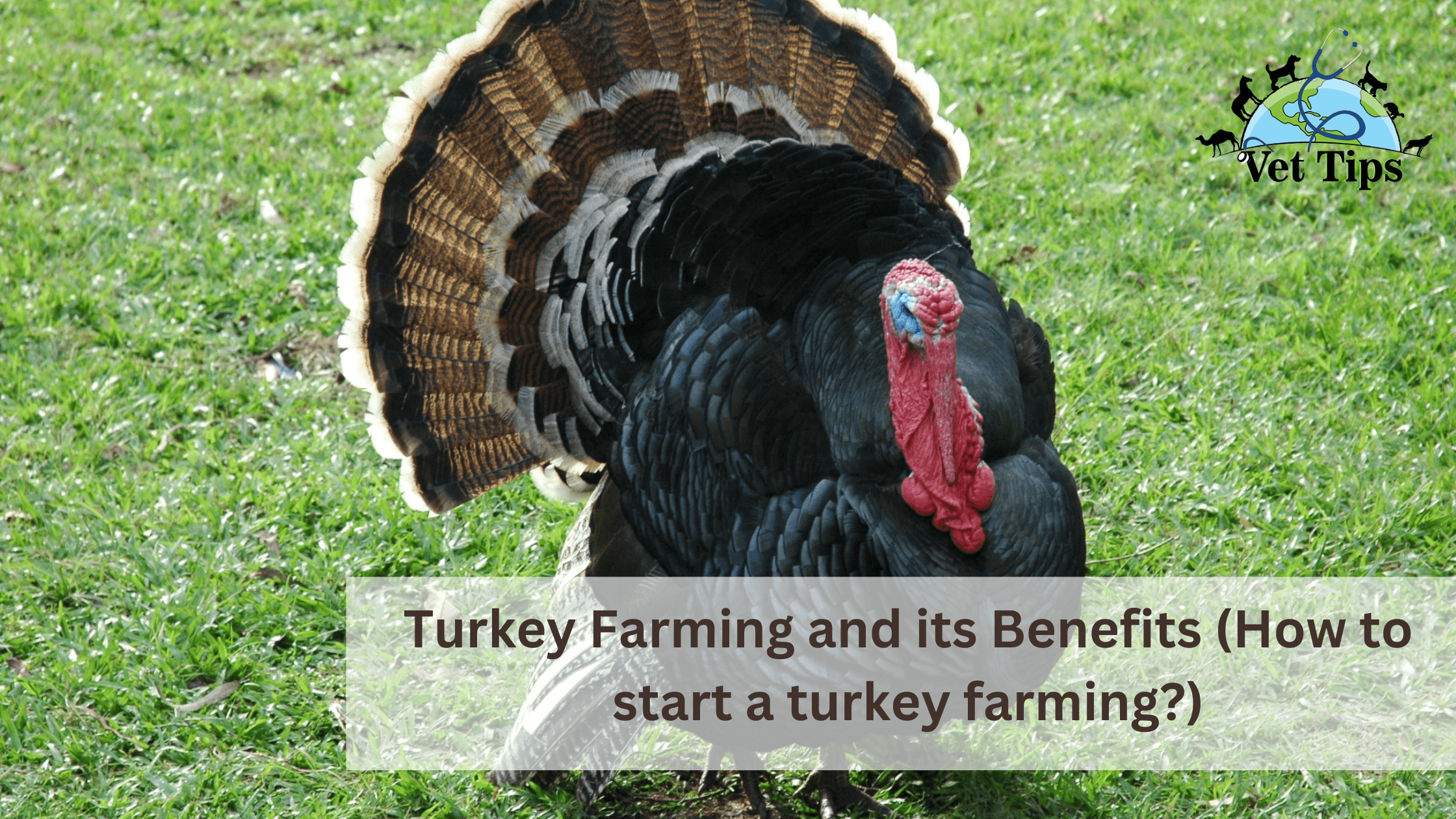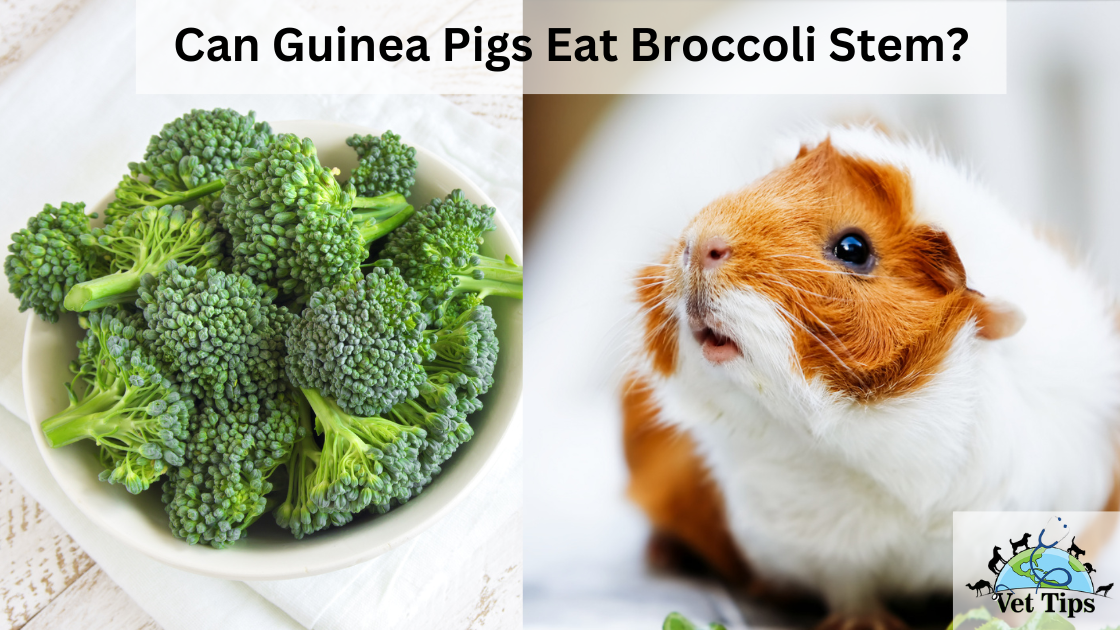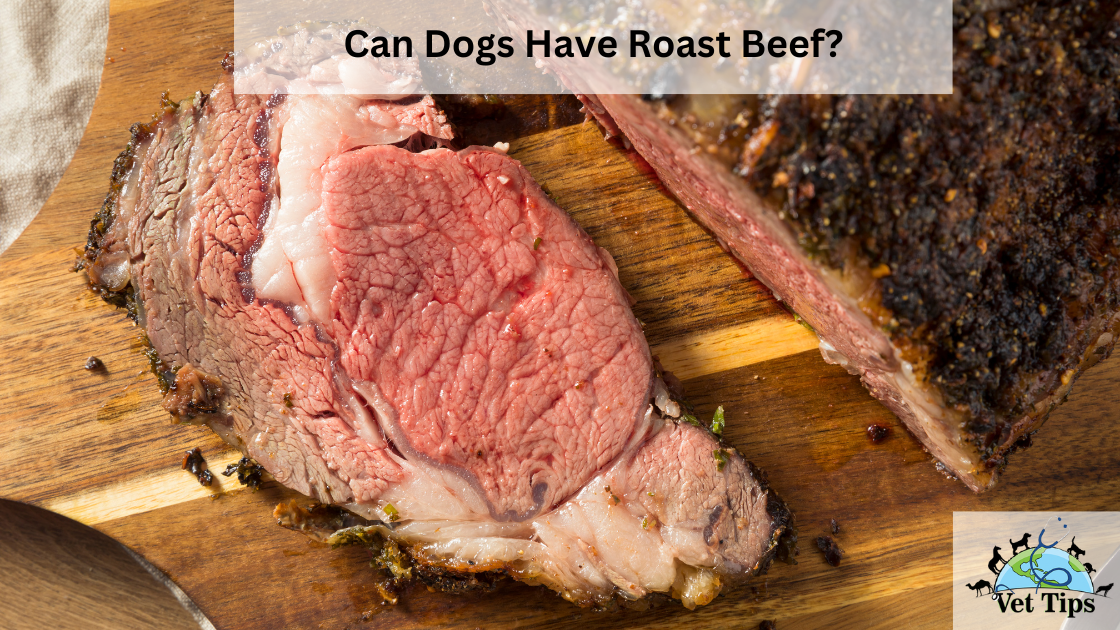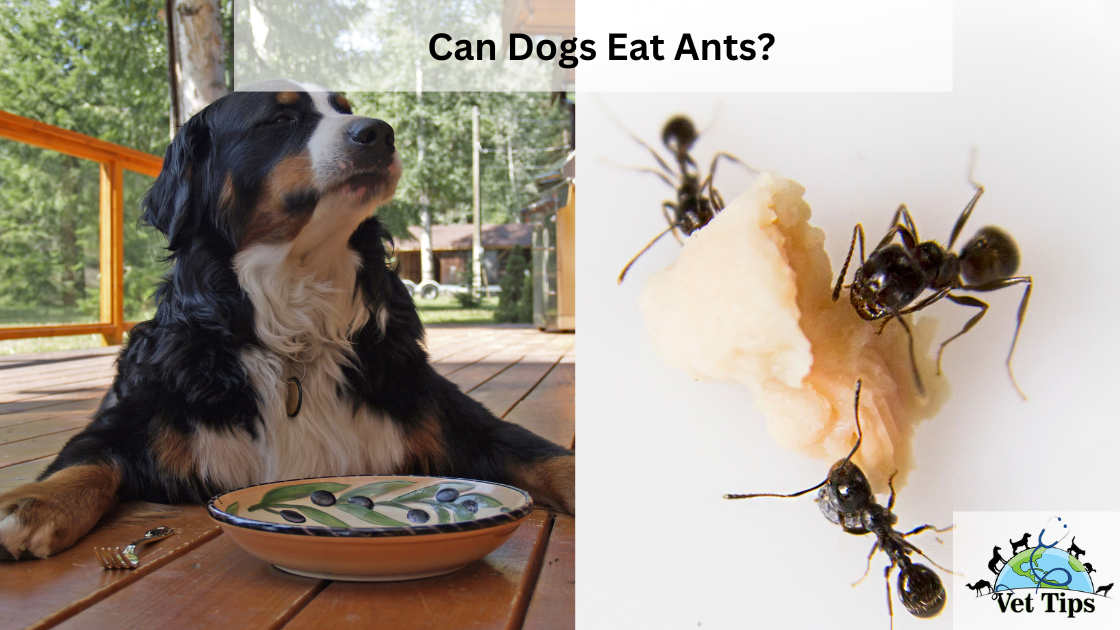Farming turkeys for their meat is a lucrative business. The flavor, versatility, and health benefits of turkey meat have contributed to its widespread consumption in recent years. The following is a list of some of the most important actions that need to be taken in order to establish a turkey farming business, as well as some of the benefits that are linked with turkey farming:
Planning and Preparation
Carry out extensive study on turkey farming, focusing on aspects such as the demand in the market, the expenses, and the resources needed.
Develop an exhaustive strategy for your firm, covering not just your objectives but also your budget, marketing methods, and production goals.
Find out whether your turkey farming operation is a large-scale or a small-scale industry by determining the magnitude of your operation.
Housing and Equipment
Establish housing facilities that are suited for turkeys and allow sufficient space for them to roam about freely and pleasantly.
The shelter should shield the turkeys from dangerous infections, predators, and extreme weather conditions.
Within the housing, make certain that there is adequate ventilation, lighting, and temperature control.
Set up the essential equipment, including as food and water bowls, as well as roosting and nesting sites.
Procuring Turkeys
Purchase young turkeys called poults from reputable breeders or hatcheries to ensure that they are healthy.
You should give some thought to the breed of turkeys you want to grow, such as Broad-Breasted Whites, which are frequently utilized for the production of meat, or heritage breeds.
Make that the poults have been immunized and have completed the appropriate medical examinations.
Feeding and Nutrition
Create a feeding regimen for turkeys that is well-balanced and takes into account their changing dietary needs at each stage of their development.
You may either use feed that is specifically designed for turkeys or create your own with the assistance of a poultry nutritionist.
They might consider adding some fresh vegetables, cereals, and clean water to their diet.
Keep an eye on the turkeys’ eating patterns, and make any necessary adjustments to the feed amounts.
Health and Disease Management
It is critical to take stringent biosecurity precautions in order to stop the introduction and progression of diseases.
Make sure to get the advice of a veterinarian before developing a vaccine and medical care plan for your turkeys.
Inspect the turkeys on a regular basis for any symptoms of sickness, and isolating and treating any sick birds as soon as possible.
Ensure that the housing for the turkeys and the spaces around them are kept at an appropriate level of hygiene and cleanliness.
Benefits of Turkey Farming
- Profitability: Turkey meat is in great demand on the market, and if turkey farming is handled correctly, it has the potential to be a lucrative business endeavor.
- Nutritional Value: Turkey meat is a good source of lean protein and contains essential vitamins and minerals.
- Product Variety: In addition to entire turkeys, turkey farming enables the manufacture of a wide variety of goods, including turkey cuts, ground turkey, and value-added items such as sausages and deli meats.
- Seasonal demand: Since turkey meat is often consumed during festive seasons and holidays, there may be a rise in sales and earnings as a direct result of this seasonal demand.
- Job Opportunities: Turkey farming has the potential to generate job opportunities in rural regions and make a positive contribution to the economy of the area.
Beginning a company in turkey farming needs extensive research, careful planning, financial investment, and familiarity with best practices for turkey husbandry. To run a business that is profitable and can be maintained over time, it is a good idea to seek advice from turkey farmers who have previous experience or from agricultural specialists.
More About Turkey Farming and its Benefits (How to start a turkey farming)
Turkey’s Scientific Name:
* Turkey is a big bird of poultry. Modern pet turkey descends from wild turkey (Meleagris gallopavo), which is one of two types of turkey (the genus Meleagris); However, in the past, the separated turkey (Meliagress oscillata) was also domesticated.
Poultry has an essential place in Turkey after the duck, Guyana chicken, and quail.
* They make up about 2% of the total chicken population. They are bred for meat only, and their flesh is the thinnest of all domestic avian species.
Western Turkish farming is very popular in the west, and the major producers of Turkey are the United States, Canada, Germany, France, Italy, and the United Kingdom.
The per capita annual consumption of turkey meat in the above countries is 4-8 kg per year.
2004 The estimated world of meat in 2004 was 4.94 million tons.
* Turkeys are large, terrestrial birds with long, long necks, and large fan-shaped tails. They have short, round wings.
The colors of their flying wings are black with gray stripes and are forbidden with white.
Male and female:
Adult Tomas beard usually exceeds 6 inches.
* Tom’s inspired length is 1 inch.
* You can tell the difference between Tomas and Jax by their beards.
* Usually, females are younger. They are bold in color.
* Females thunderhead and a neck feather.
* Male turkeys weigh 6.8 to 11 kg.
The goose usually weighs 3.6 to 5.4 kg.
Identity and terminology
* Male: Tom or Gobler and the young man is Jack.
* Female: Chicken
Polt: Young.
Caronix: A brightly colored fleshy growth on the head and neck, which turns bright red when Tom is excited.
Develop: Immediately of the chin. The skin of the flap appears later.
* Beard: Hair is attached to the skin of the chest and upper part of the neck.
Identity:
Drowsiness: A peacock piece of skin that hangs with a turkey beak.
Sprayer: Increased bone spasms on the back of each leg, which can be quite sharp and used for combat.
Laying and management procedures:
- The chicken egg is white with brown splashes.
- The clutch size is 4-17 eggs.
- The incubation period is about 28 days.
- The weight of an egg is about 85 grams.
- Turkey egg protein, lipids, carbohydrates, and minerals are 13.1%, 11.8%, 1.7%, and 0.8%, respectively.
Incubation:
Since the incubation period in Turkey is 28 days. There are two methods of incubation.
1. Natural incubation:
Naturally, hens are good chicks, and broodies can lay 10-15 eggs. To get 60-80% hatchability and healthy poultry, brooding should be done only on fresh eggs.
2. Artificial incubation:
In artificial incubation, the eggs are extracted with the help of incubators. Temperature and temperature and relative humidity are in the setter and hatchery:
Temperature (degrees F) Relative Humidity (٪) for turkey during farming
Setter: 99.5 61-63
Hatcher: 98.5-99 85-90
Eggs should be replaced daily at hourly intervals. Prevent eggs from accumulating too often to avoid breakage and better hatchability
Turkey Farming and its Benefits (How to start a turkey farming) (Cont.)
How to start a turkey farming? (Procedure)
Brooding:
- In turkeys, a period of 0-4 weeks is called a brooding period.
- However, in winter, the winter period is extended to 5-6 weeks.
- According to the rule of thumb, Turkey needs twice space as chickens.
- All-day infrared bulbs or gas brooders or traditional brooding systems are used.
- The floor space required for 0-4 weeks is 1.5 square feet. Per bird
- The average mortality rate during this period is 6-10%.
- The most commonly used dirt equipment for birding is wood sawdust, paddy straw, chopped saws, etc.
- The thickness of the litter equipment should initially be 2 inches and can be increased to 3-4 inches over time through a gradual increase.
- Shallow water should be used.
- The average mortality rate during this period is 6-10%.
- The most commonly used dirt equipment for birding is wood sawdust, paddy straw, chopped saws, etc.
- The thickness of the litter equipment should initially be 2 inches and can be increased to 3-4 inches over time through a gradual increase.
Rearing:
Birds To avoid weakness and lameness of legs in free birds, Calstrum should be increased at the rate of 250 grams per week per hen in the form of an oyster shell.
Rearing deep system of nurturing:
- It has improved production efficiency.
- Better management and disease control.
Breeding:
- The interaction begins in early spring (January to February).
- The average age of reproductive maturity for both males and females is about ten months.
- Male tries to attract a female by “gobbling” and “suffocating” and their tail goes down, their wings come down and drag on the ground, their hind wings stand up, Their heads are thrown back, and their crops are blown up.
- In natural blends, males; The ratio of females is 1: 5 for medium turkeys and 1: 3 for large varieties with 60-80% hatchability.
- The nest is depressed.
- The female pulls the nest and holds 4 to 17.
- She lays eggs for 25 to 31 days. Girls can walk and feed themselves within 24 hours of hatching.
- Wild males do not take care of wild hen parents. The females build wild hen nests, lay eggs, and look after the young until next spring.
Feeding requirements:
Type of feed age (Weeks)
6 to 8 turkey starter (28% protein)
8 to 12 22% protein
12 to 16 19% protein
Sixteen weeks to market them.
- Food should be fed in the feeder and not on the ground.
- Feeding methods are mesh feeding and pallet feeding.
Turkey Housing:
- The housing protects turkeys from the sun, rain, wind, predators, and provides comfort.
- In ar areas, the long axis of the house should run from east to west.
- The distance between the two houses should be at least 20 meters, and they must be at least 60 to 100 meters away from the other house.
- The height of the house can vary from 2.6 to 3.3 meters from floor to ceiling
- The width of the open house is not more than 10 meters.
- The rainwater should be supplied more than one meter to avoid spraying.
- Moisture flooring should be affordable, durable, and safe, preferably concrete, with moisture-proof.
Vaccination:
- Age at vaccine
- 7 days old ND-B1 stress
- 4th and 5th-week Foul Pox
- Sixth Week ND – (R2B)
- 8 – 10-week cholera vaccine
Summary:
- Turkey Breeder .0 5.0 7.5 2.5
- Male to female ratio: 1: 5
- Average egg weight: 65 grams
- Average daily weight of poult: 50 grams
- Age at sexual maturity: 30 weeks
- Egg Average number of eggs: 80-100
- Incubation period: 28 days
- Average body weight at 20 weeks: 4.5 – 5 (f) 7-8 (m)
- Egg production period is 24 weeks
- Weight: M: 7.5 kg F: 5.5 kg
- Food efficiency: 2.7 -2.8%
- Average feed consumption up to age usable: M: 24-26 kg F: 17 – 19 kg
- Deaths during the brooding period: 3-4 %
FACT: The average age of a turkey is about 13 years.
Tell us in the comments how you like our article, “Turkey Farming and its Benefits (How to start a turkey farming)”
For similar posts like this click here
For source file, click here




